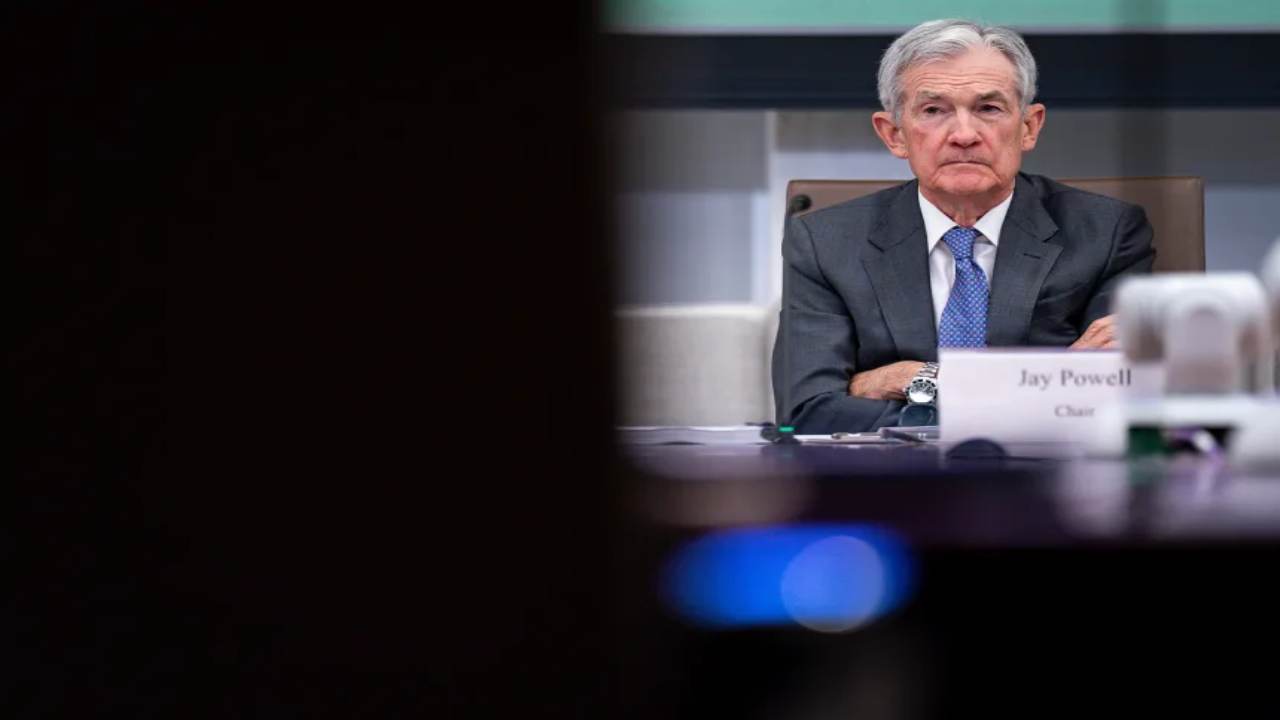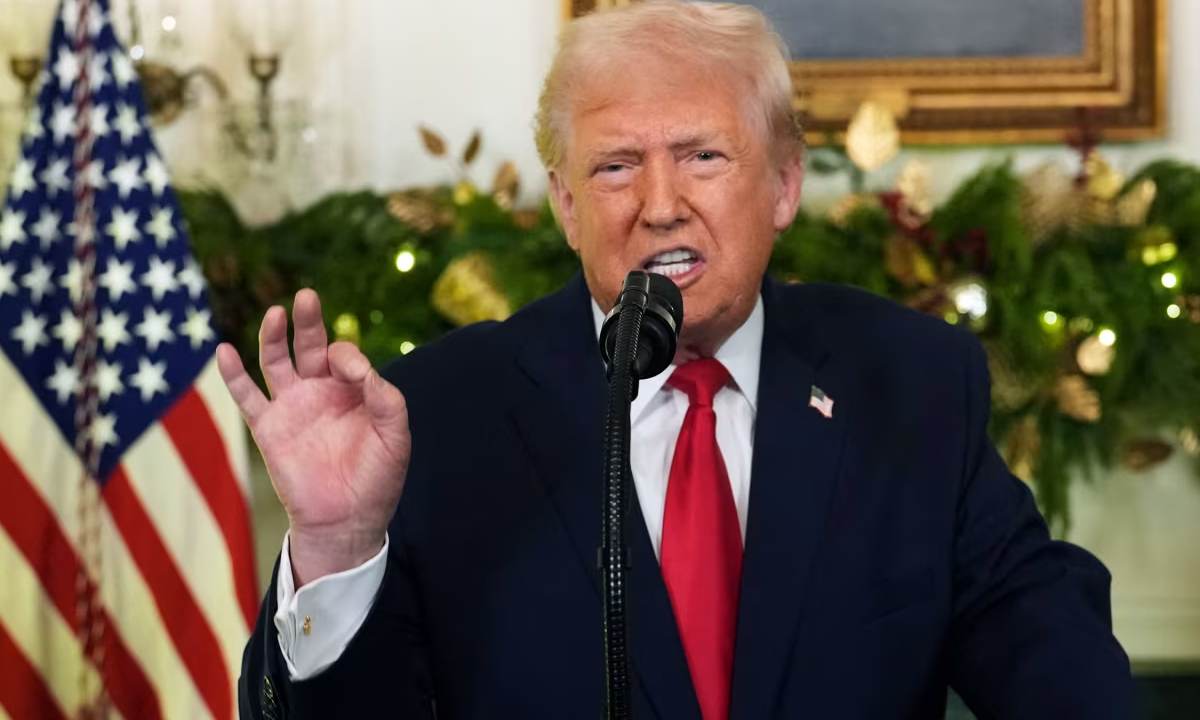he Fed Faces a Crucial Test: Rate Cuts Amid a Data Blackout and Government Shutdown
Ohana Magazine – The U.S. Federal Reserve is expected to announce a quarter-point rate cut this Wednesday the first since December. This move aims to stabilize a slowing economy, but it comes at a time of great uncertainty. The ongoing government shutdown has caused a “data blackout,” halting key economic reports that the Fed depends on. Ironically, President Donald Trump’s push for rate cuts may now be at risk. Without accurate data, the Fed could struggle to make informed decisions about future cuts. Policymakers might prefer caution over speed, even as political pressure mounts.
The Shutdown’s Impact on Trump’s Economic Goals
President Trump has used the shutdown to defund Democratic programs and reduce government spending. Yet, this same strategy could hurt his economic ambitions. The Federal Reserve relies on hard data, not politics. When data disappears, uncertainty rises, and the Fed often delays action. This situation mirrors earlier frustrations between Trump and the central bank when rate cuts were postponed due to unclear signals about inflation and employment. The irony is clear Trump’s political gamble could now slow the very growth he hopes to protect.
“Read More : Nvidia Becomes the First $5 Trillion Company: A New Era of Tech Power“
Fed Policymakers Struggle Without Key Data
The Fed now faces a major challenge: making decisions with limited information. The September jobs report remains unreleased, and the October data may also be delayed if the shutdown continues. These numbers help the Fed measure job growth, inflation, and spending trends. Without them, officials must rely on partial or outdated data from private firms. As Chicago Fed President Austan Goolsbee explained, “If you’re not going to get the data, it’s just that much harder.” The result could be smaller, slower rate cuts a cautious approach until the economic picture becomes clearer.
Inflation Adds to the Fed’s Dilemma
The Consumer Price Index (CPI) for September still managed to be released, offering a rare glimpse into inflation trends. The data showed prices cooled slightly, yet inflation remains high the steepest rise since January. This puts the Fed in a difficult position. Cutting rates too fast could reignite inflation, while keeping them high may slow growth. Fed Chair Jerome Powell recently warned that policymaking could become “more challenging” without data. His words highlight the balancing act ahead maintaining economic stability while avoiding costly mistakes.
“Read More : 7 of the World’s Freakiest Places You Can Actually Visit“
Nvestors Await Powell’s Next Move
Markets are watching closely. The CME FedWatch Tool shows that investors expect another rate cut in December. However, analysts like David Seif of Nomura warn that missing data will likely make Powell more cautious. The Fed will avoid firm commitments until it has reliable figures again. Fed Governor Christopher Waller echoed that sentiment, saying, “You don’t want to make a mistake, so the way to avoid that is to go carefully.” This wait-and-see stance could frustrate investors but reflects the Fed’s need for precision in uncertain times.
Uncertainty Becomes the New Normal
The real challenge for the Fed isn’t just inflation or growth it’s uncertainty itself. Without transparency and consistent data, even the most advanced economic models lose their power. The Fed’s independence and credibility depend on sound judgment, but judgment needs facts. As long as the shutdown continues, that clarity is missing. The markets are betting on Jerome Powell’s steady leadership to guide the economy through this fog. Still, one truth stands out: even the world’s most powerful central bank cannot steer confidently without a clear view ahead.













